Revamping your kitchen demands a balance of durability and aesthetic appeal, and employing different concrete colors is ideal. The concrete, being resistant to wear and tear, provides surety of a lasting investment, while the assorted color options add dynamic visual interest to your kitchen space.
Whether it’s a solid-colored countertop that reflects your vibrant personality or an earth-toned floor that gives your kitchen an inviting warmth, colored concrete transforms it into a captivating, personalized space. By referencing the concrete color chart, you can explore a spectrum of shades and how to select the ideal color hues for your kitchen.
Whether you crave a rustic, modern, or traditional look, the makeover you seek is entirely possible. This blog post aims to help homeowners set their kitchen apart through concrete’s diverse, attractive, and long-lasting colors. So, embark on this transformative journey and let your kitchen echo your style and preferences vividly.
Spectrum Of Different Colors Of Concrete
The concrete color palette has experienced a magnificent evolution, far beyond the days of monotonous gray blocks of cement. The industry now offers an extensive concrete color chart that opens up a world of possibilities to customize your kitchen as per your taste. When adding color to concrete, several options are available to achieve the desired shades that transform your kitchen into an aesthetic masterpiece.
Here’s a glimpse into the different colors of concrete you can integrate with your concrete mix:
- Earth Tones: Inspired by nature’s palette, earth tones like browns, tans, or terracotta give your concrete countertop and floors a warm and welcoming ambiance. These tones can be achieved through integral colors for concrete, acid stains, or concrete dyes.
- Pastels: Soft and subdued pastel hues like light blues, pinks, or yellows can infuse a tranquil, soothing atmosphere into your kitchen. These colors can be achieved with color hardeners, concrete stains, or concrete dyes.
- Vibrant Hues: Opt for bright, vibrant colors for a bold, visually striking kitchen. You can choose from shades like deep blues, reds, or greens. These colors can be incorporated with integral concrete, Davis colors, or dyes.
- Neutral Shades: Timeless and versatile, classic gray concrete or lighter shades of beige can subtly enhance your kitchen design. Neutral colors can be achieved with color hardeners or integral colors for concrete.
- White And Black: For a modern, minimalist look, consider the sophistication of white or the striking contrast of a black concrete countertop or floor. Use white cement, cementitious coloring agents, or concrete dyes to achieve these shades.
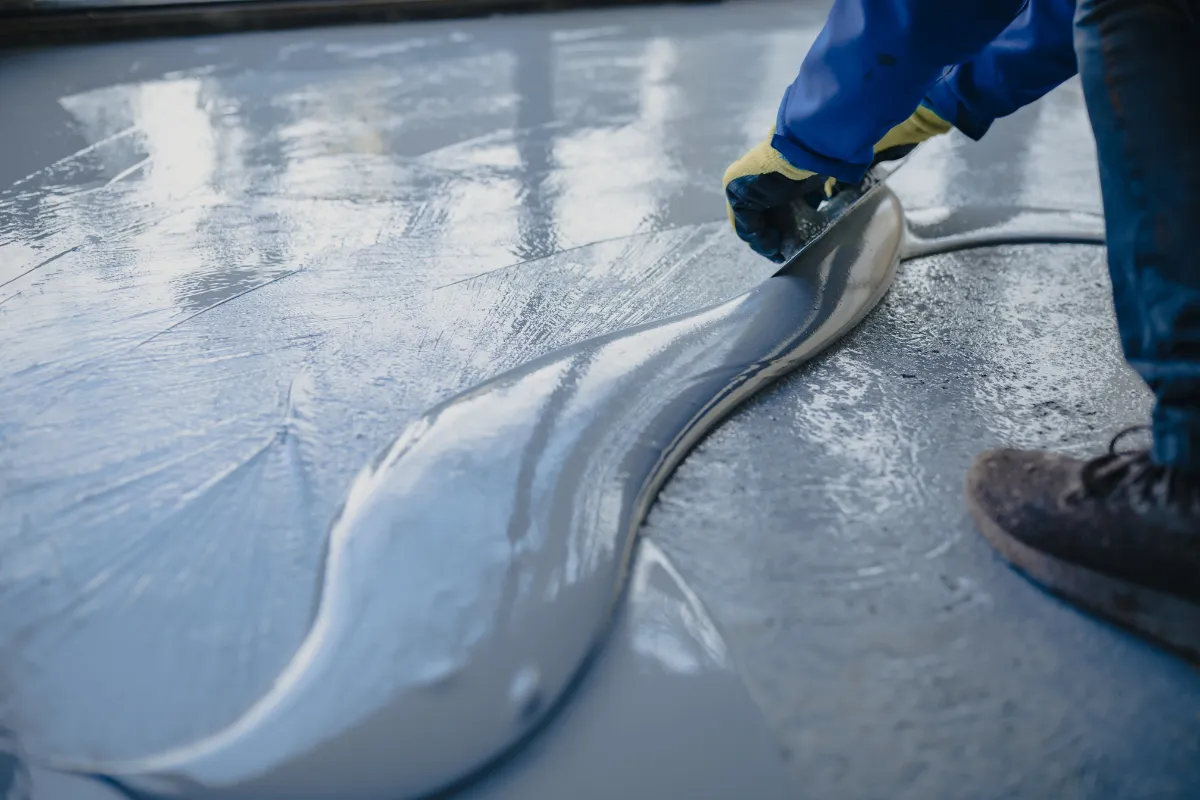
Tips To Choose The Right Color
Consider the following factors to ensure you select the perfect shade from the available color options:
- Style And Theme: Define the kitchen’s style and theme, which will help guide you toward the appropriate color direction. Consult a concrete contractor if you’re unsure about the best choice for your space.
- Lighting And Space Configuration: Some colors work better in specific lighting conditions, so consider how the available light will affect your chosen color. Lighter colors brighten up a dimly lit kitchen, while darker shades add depth to a well-lit space.
- Other Elements: Remember the colors of the existing elements in your kitchen while choosing concrete colors. The correct color for the concrete floor or countertop should harmonize or contrast other elements.
- Base Color: When deciding the final concrete color, remember that your base color may affect the overall outcome. This is especially true when working with acid stains or topical color treatments. Before proceeding with the project, obtain a physical sample and test on a small area.
The Basic Techniques Of Concrete Coloring
Selecting colors from a concrete color chart marks the beginning of your adventure in adding different concrete colors to your project. The perfect transformation for concrete work relies on combining color choices and the techniques to apply these colors to your material.
Four primary techniques are used for adding color to concrete: Integral Coloring, Color Hardeners, Acid Stains, and Concrete Dyes. We will delve into each, utilizing key phrases that act as stepping stones in understanding the process of coloring concrete.
1. Integral Coloring:
As the name suggests, Integral Coloring involves mixing the colorant directly into the concrete mix before the concrete is ready to pour. This method ensures a uniform, consistent color permeating the entire concrete structure – a concrete countertop, concrete patios, or the paving for your walkway.
The colorant consists typically of iron oxide pigments and may range from earth tones to vibrant hues or venerable gray concrete. The color from the iron oxide transforms the formerly uncolored cement mixture into the desired color for your concrete, making integral coloring a popular concrete coloring method.
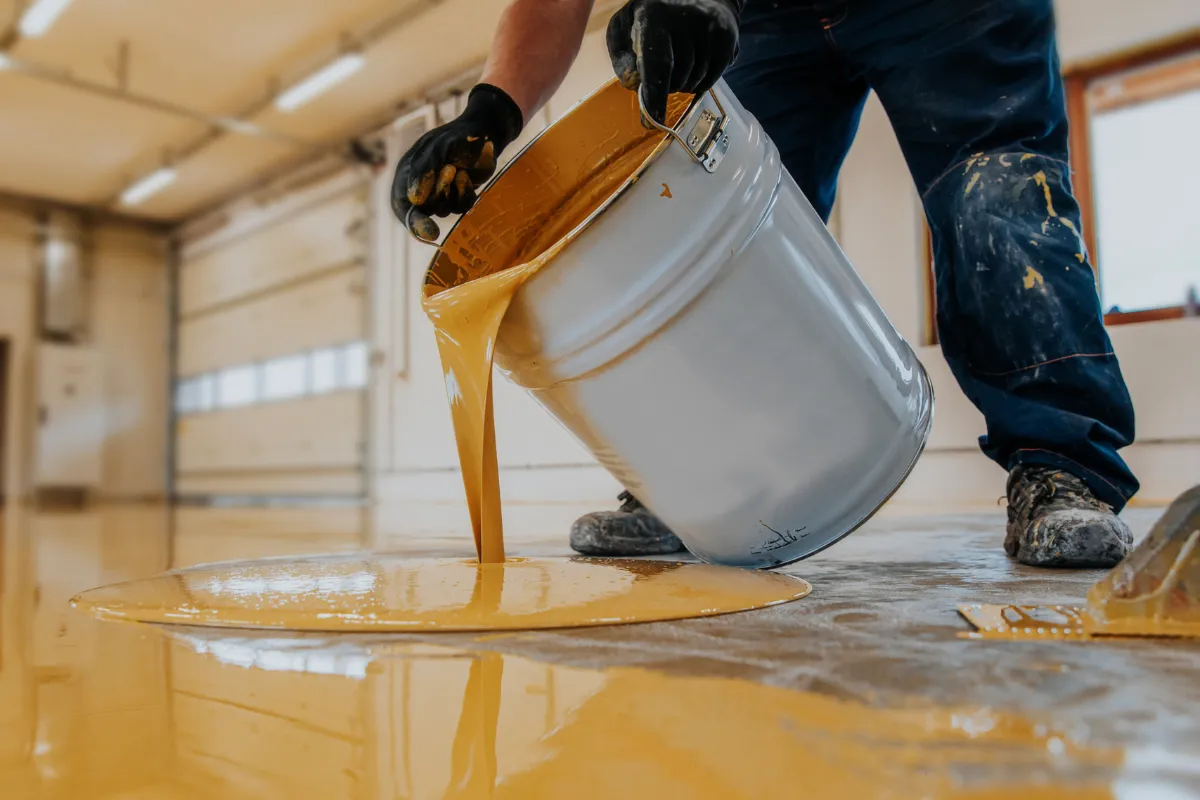
2. Color Hardeners
Color Hardeners are substances that are dusted and troweled onto the surface of the concrete once it has been poured but is still wet. This technique creates a varied color effect, with tones that are either lighter or darker, complementing the base color.
The application enhances the surface’s durability and resistance to wear – which is particularly beneficial for outdoor living areas like patios. It also allows for creating design options since hardeners offer a range of color options, including vibrant colors or light grey hues.
3. Acid Stains
Acid Stains represent a unique technique of concrete coloring. Unlike direct mixing or topical application, an acid stain reacts chemically with the lime present in the concrete. The resulting change manifests as a beautifully deep, translucent color with a uniquely variegated, earth-toned finish.
This coloring method creates an irresistibly earthy and natural look reminiscent of a marble or limestone landscape, although predominantly limited to earth tones like amber or tan. This organic effect makes it a favorite choice to enhance the style and color of the concrete on countertops and floors.
4. Concrete Dyes And Tints
Where the three techniques above fall short, Concrete Dyes and Tints rise to the occasion, providing a robust color selection of solid and vibrant colors. This technique is a pro at creating controlled, consistent color effects that make the color of your concrete emerge vividly.
The concrete dyes, unlike stains, don’t react chemically with the concrete. Instead, they penetrate the concrete surface, offering a more predictable and uniform color to the concrete. Whether using cast-in-place or precast concrete, dyes can help you imbue vibrant colors or more muted shades.
Selecting From Different Colors Of Concrete
Each kitchen space is unique and hence requires a unique color scheme. How do you choose the right shade from the various colors of concrete?
- Style: Define your kitchen’s style – modern, rustic, minimalist, or traditional. This will help dictate the concrete color that complements your style best.
- Illumination: Consider the lighting in your kitchen. Lighter shades help brighten a dark room, while darker colors add a unique depth to a brightly lit space.
- Surrounding Elements: Consider the color of your cabinetry, walls, and accent pieces when choosing the color for your concrete. The perfect color should either harmoniously blend in or create a pleasing contrast.
Proper Maintenance For Colored Concrete
After selecting and integrating different concrete colors into your home, proper maintenance becomes essential to enjoy their lasting beauty and durability. By utilizing the appropriate sealant, promptly addressing spills, and treating your concrete surfaces carefully, your colored concrete can maintain its brilliance and endure time. Here are some critical tips for maintaining your colored concrete:
- Seal Your Colored Concrete: Using the proper sealant is critical for preserving your concrete’s color and protecting it from external elements. Consult with concrete contractors to determine the ideal adhesive based on your project and environment. A suitable sealant will reduce the impact of UV exposure, wear and tear, and exposure to harsh chemicals. Apply the glue according to the specified guidelines for optimal results.
- Clean Spills Promptly: To prevent staining, clean spills as soon as they occur on your concrete countertop or floor. Quick action can make all the difference in maintaining the desired color and protecting your colored concrete from long-lasting stains and discoloration. Use pH-neutral cleaners or cleaning products specifically designed for colored concrete surfaces.
- Protect Your Concrete Surface: It’s essential to treat your concrete surfaces with care, especially in high-traffic areas such as concrete patios and kitchen countertops. Use protective mats to minimize abrasion, and consider using rubber or felt pads under heavy items or furniture to avoid scratching the surface. Additionally, placing doormats at entryways from outdoor living spaces can help reduce the amount of dirt and debris tracked onto your colored concrete floors, preserving their brilliance over time.
- Schedule Routine Maintenance: Regularly maintaining your colored concrete will ensure its longevity, from the color hardener protecting its surface to the base colors embedded in the concrete mix. Develop a maintenance routine that includes resealing your colored concrete every few years (or as needed), periodically cleaning with the proper cleaning agents, and inspecting the surfaces for signs of wear or damage to address issues promptly.
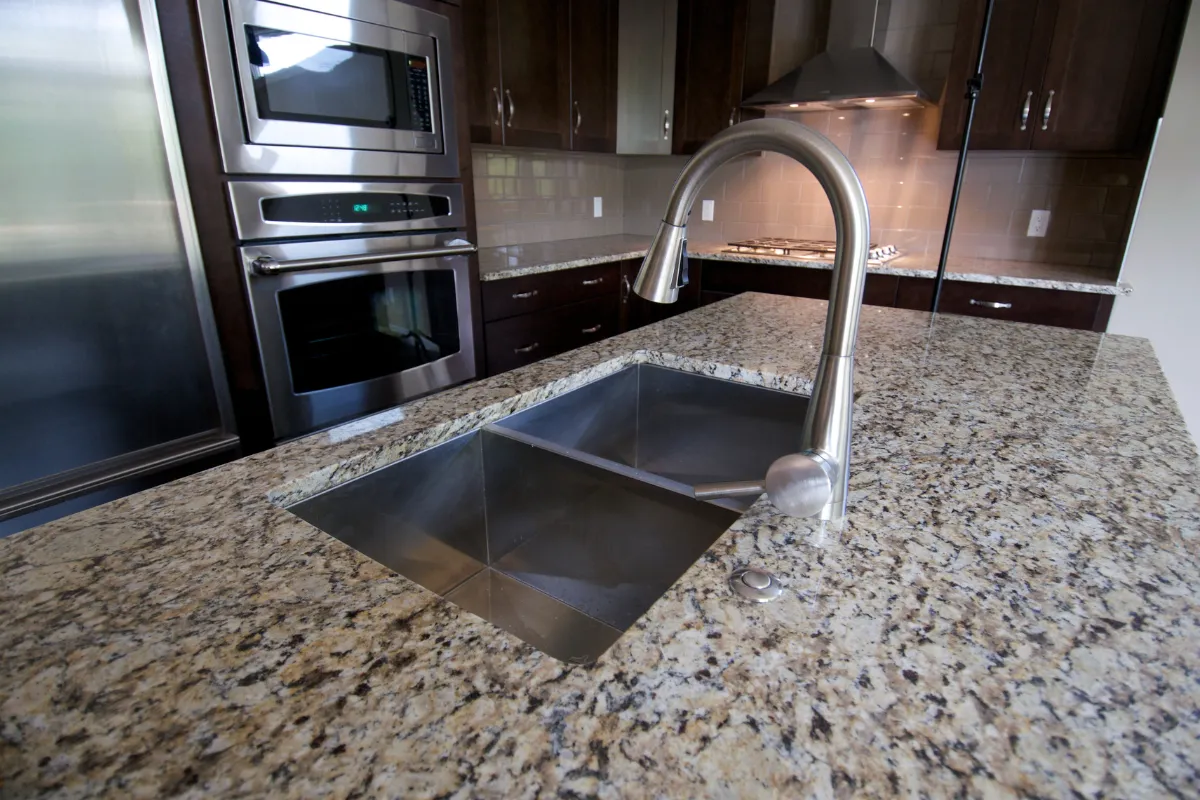
Embracing the different colors of concrete offers a wealth of opportunities to transform your kitchen into a uniquely striking and personalized space. Capitalize on the versatile and visually appealing concrete advantage and ensure your kitchen design reflects your personality and style. By carefully selecting your color palette, employing the proper techniques, maintaining aesthetic balance, illuminating the space, and executing proper maintenance, you can turn your kitchen into a captivating area that reflects your personal style. Dive into the world of colored concrete and make your dream kitchen a reality.

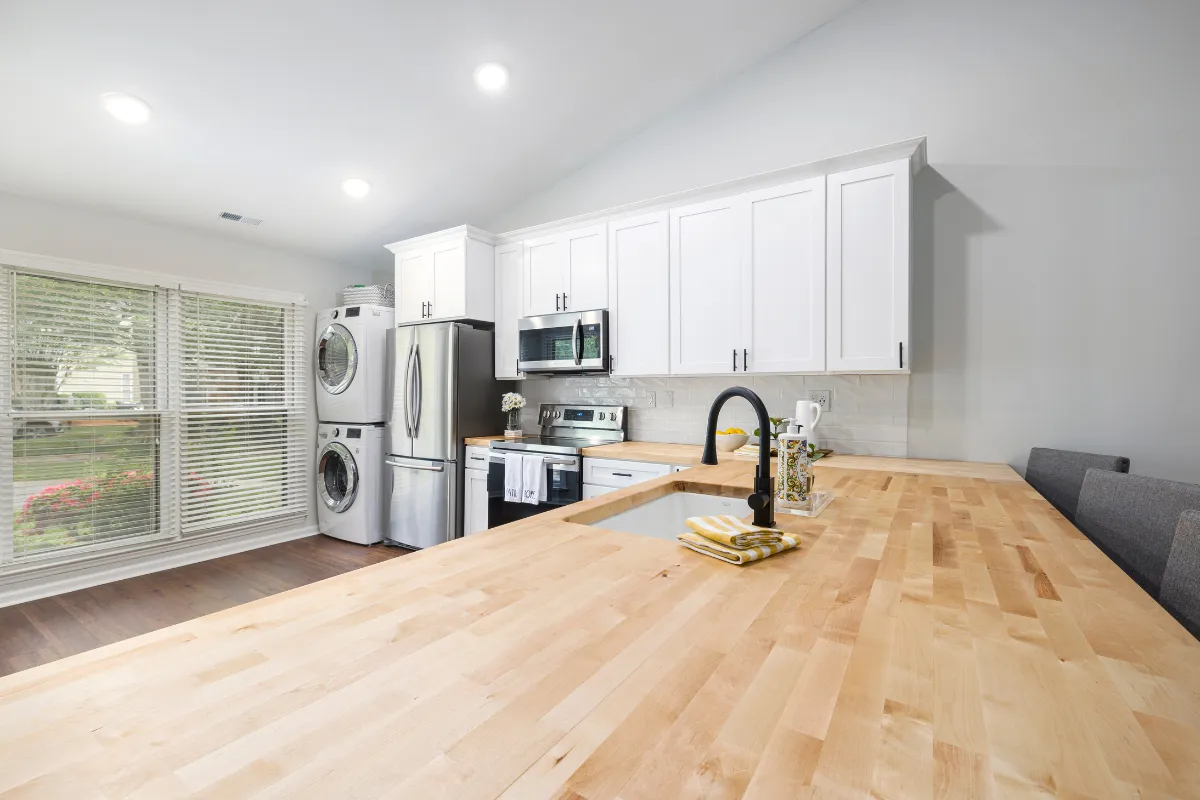
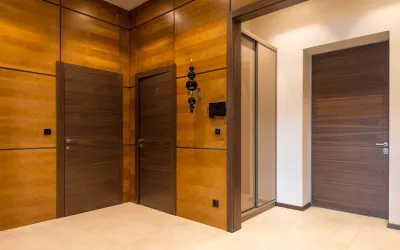
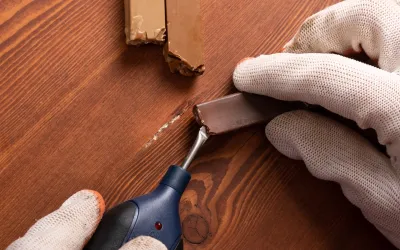
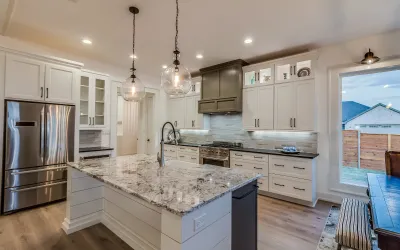
0 Comments